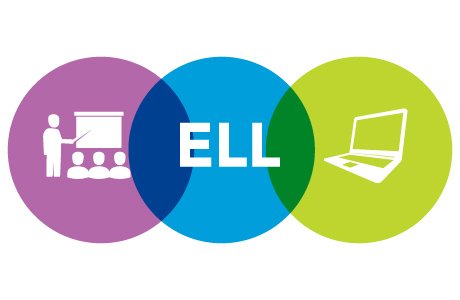English Language Learner Education at Pentucket

October 11, 2017
As of the 2016-17 Pentucket school year, .2 % of the district’s students first language is not English. With the help of Mrs. Leftin, a teacher at Pentucket, .2% of Pentucket High Schools students are in the English Language Learner (ELL) program.
Mrs. Leftin is the district’s English language learner teacher. Throughout the week, she aids five ELL students. For example, she has one student with limited and interrupted formal education (SLIFE), meaning that the country this student originally came had very limited education. When he came to Pentucket, he was “lovingly taken under teachers’ wings,” according to Mrs. Leftin.
Mrs. Leftin and other teachers started with the basics of reading and speaking, which is the same process she does with her other students at the same level as this one in particular. ELL teachers also teach structures and forms of the English language, not just vocabulary, according to “A Policy Research Brief Produced by The National Council of Teachers of English.”
The article also states that there are multiple factors that go into how a student should be taught. For example, factors such as socioeconomic status, content knowledge, and the student’s immigration position all go into consideration when creating the student’s lessons.
One of Mrs. Leftin’s students was taught basic reading and speaking. She uses techniques like diagrams, speaking, pictures, the internet, her iPhone, and his iPad. He now reads and speaks well. She stated that “there are six levels to the ELL routine.” This student is now at the developing level, compared to where he started at the entry level.
A struggle Mrs. Leftin expressed was that, no matter what ability, the cut off for all students is age 22. This specific student is almost at that age, so she believes “There is a crunch to get him to a very functional place.” She knows this is necessary for him to pass his driver’s license test and become an independent adult in a place that doesn’t speak his first language. To do this, she actually uses the driver’s manual and works with videos she was provided with from AAA, exhibiting Mrs. Leftin’s ability to create very specific lessons for each student to suit his/her needs.
Creating such specific plans is a challenge for her, especially finding time for each student that is sufficient enough for the student. She describes it as a “balancing act,” especially with the limited resources they have.
Mrs. Leftin feels could be improved the program is by collaborating with English teachers, which is also something she said she would enjoy. She believes that it is important to shed light on the hardships of being an ELL student that include making friends and reaching out to people, since many people believe these students are different because English is not their first language.
When Mrs. Leftin was asked why she considered this job, she said that she has wanted to do this since she was a child and that “it is ingrained, at this point, in my soul.”
